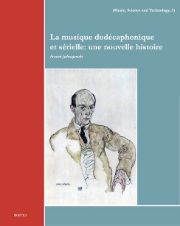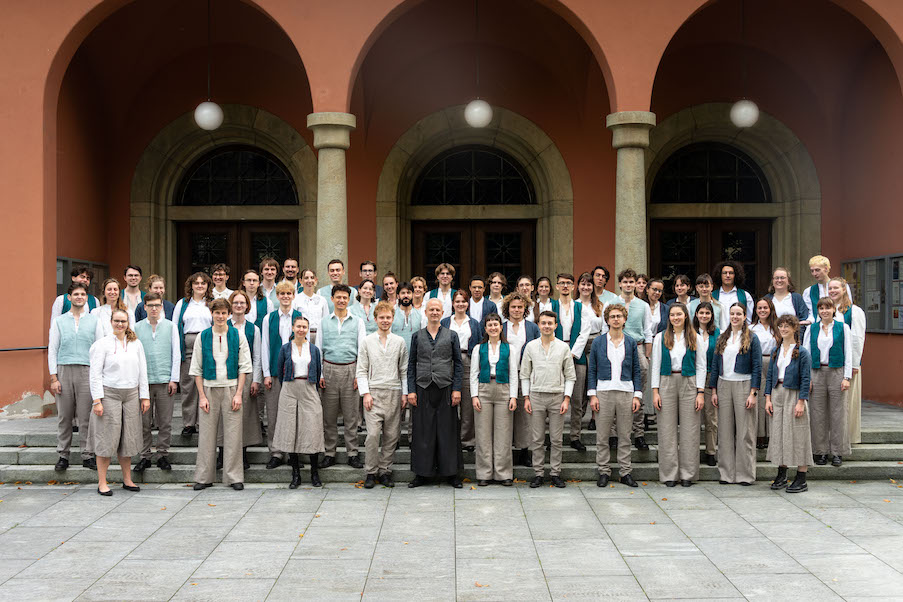Music in the 20th century
The interaction between composers and their ideological or political context, and the history of the spread of serial technique, are the subjects of two recently published works.

What part does legend play in the genesis and creation of the Quartet for the End of Time of Messiaen? To what extent did Webern, an enthusiastic reader in 1941 of Mein KampfWas he fascinated by Nazi ideology, and why was this less-than-stellar aspect of his personality long obscured? Why did proletarian realism and the Zhdanov doctrine crush certain artists and put an end to the Soviet avant-garde? How was the Darmstadt Summer School supported by the USA at the start of the Cold War, with the aim of using serialism for anti-Communist propaganda? What were the first examples of national policies of cultural democratization? Bruno Giner's book, recently published by Delatour, provides precise, concise and lively answers to these and many other questions, exploring the links between some of the composers of the first half of the 20th century and the political context in which they lived. We can also discover, for example, Satie's social commitment, Edgard Varèse's support for the Spanish Republic, Elsa Barraine's Resistance activities or the musical ensembles of the Mauthausen concentration camp.
What has been missing is a comprehensive history of twelve-tone and serial music, from its origins to its final developments, including the contribution of Hauer and his school, and the criticisms levelled at serialism. This expectation is fulfilled by Franck Jedrzejewski's book, published by Brepols, which describes the spread of the Schoenbergian twelve-tone technique to all continents, its influence on numerous creators and its many metamorphoses and mutations (incomplete series, rotations, permutations, use of microtonality, etc.). In a short chapter, he also explores the algebra of series and their classification according to structure. The copious appendices include an extensive repertoire of series, the complete list of series including all twelve possible intervals, string diagrams of all 554 dodecaphonic knot structures and an extensive bibliography.
Bruno Giner: Treize histoires secrètes de la musique. Quelques jalons pour la musique européenne du premier XXème siècle, 196 p., € 22.00, Editions Delatour France, Sampzon 2022, ISBN 9782752104366
Franck Jedrzejewski: La musique dodécaphonique et sérielle : une nouvelle histoire, XIII+521 p., € 130.00, Brepols, Turnhout 2021, ISBN 978-2-503-59486-6










